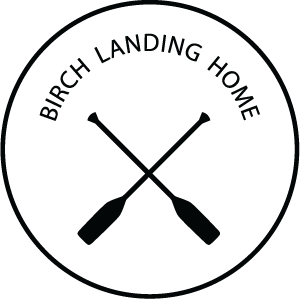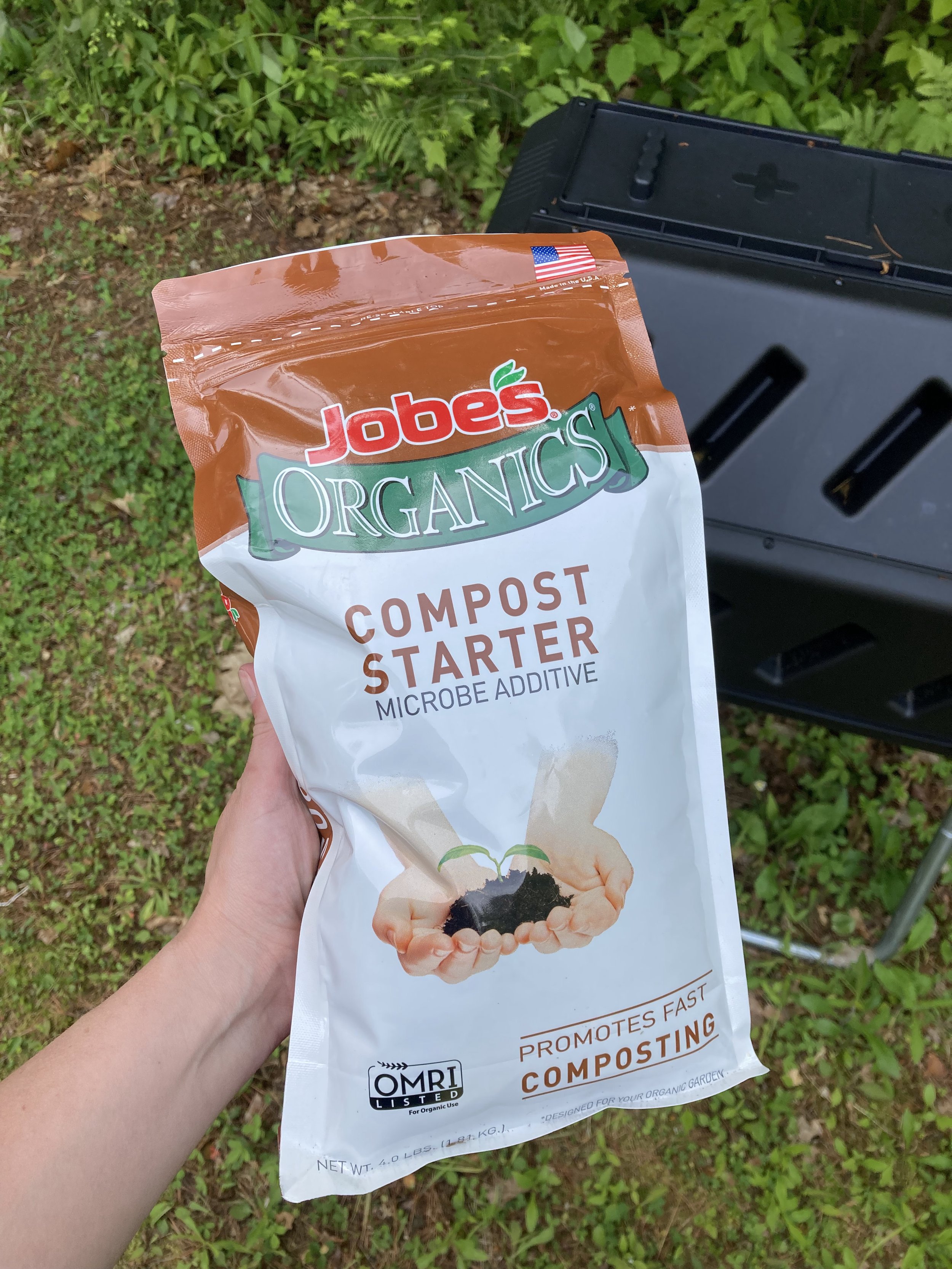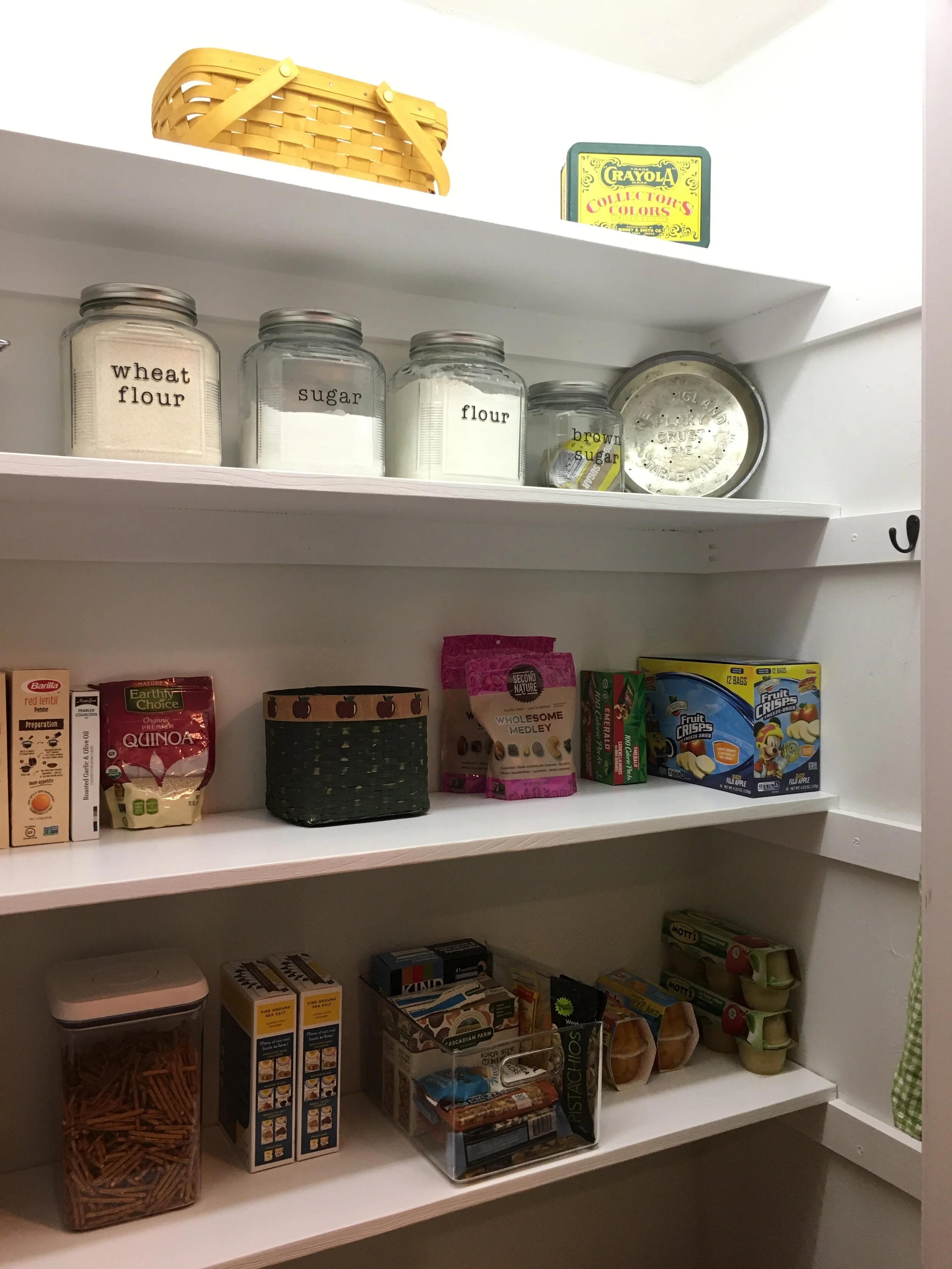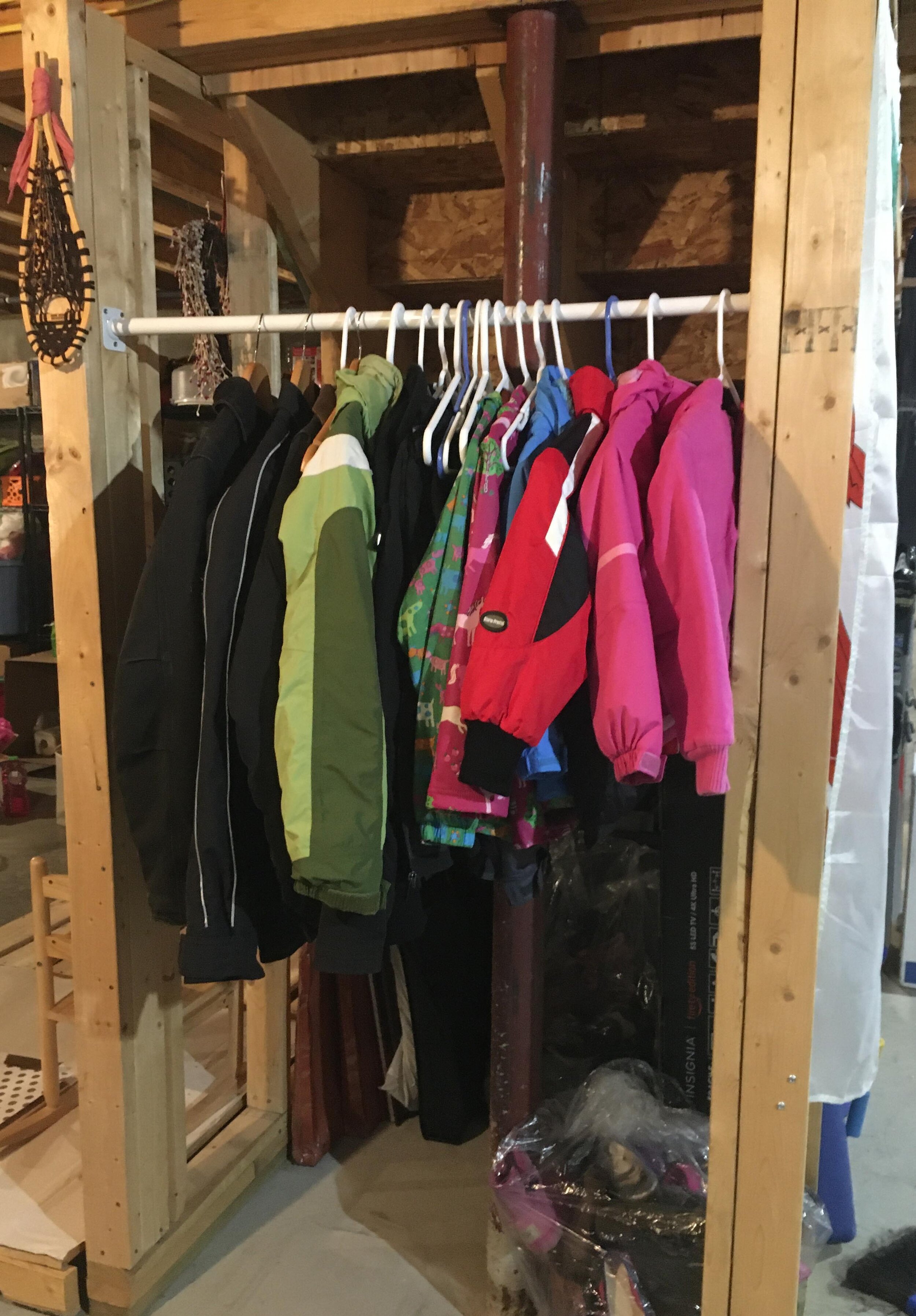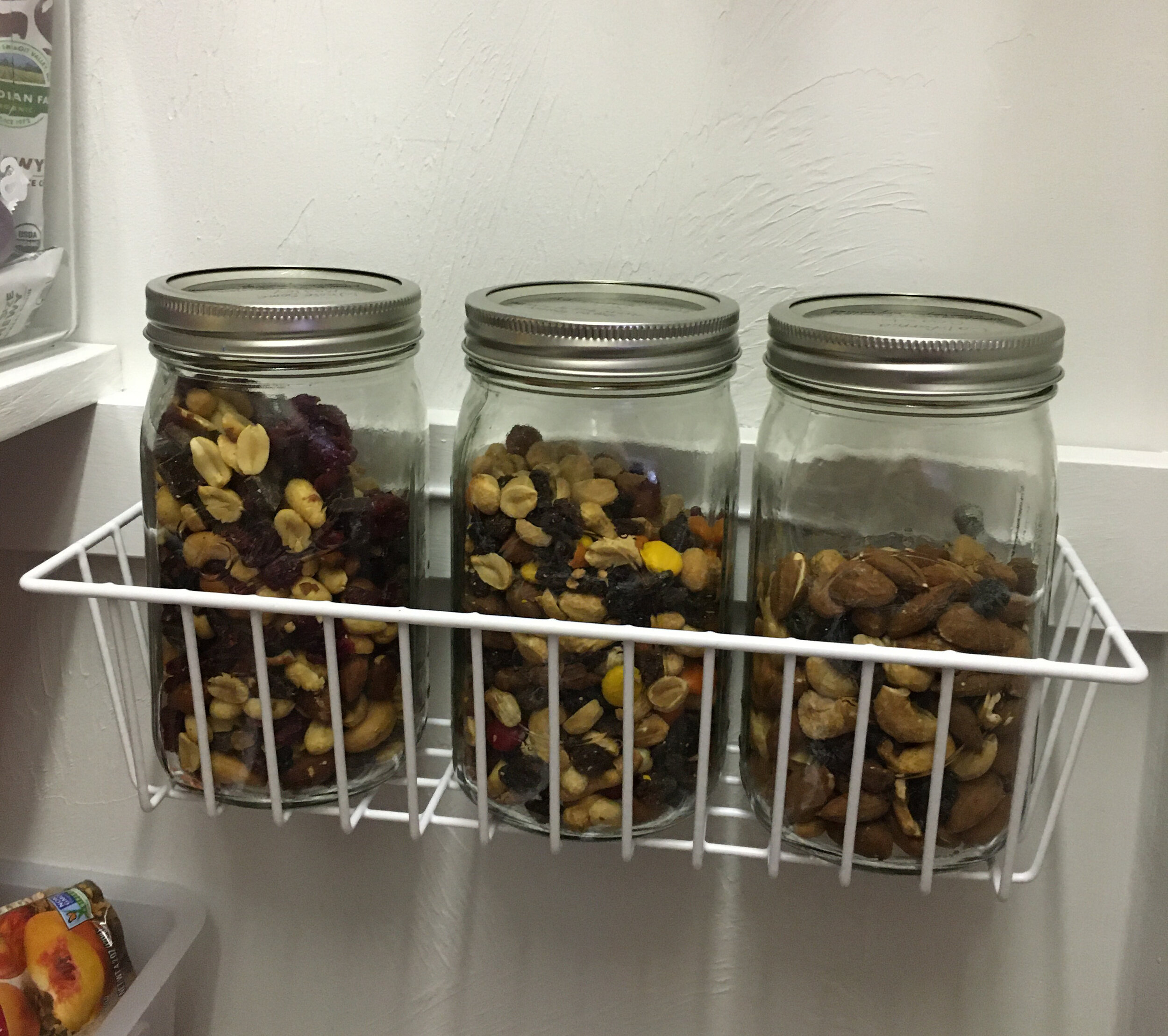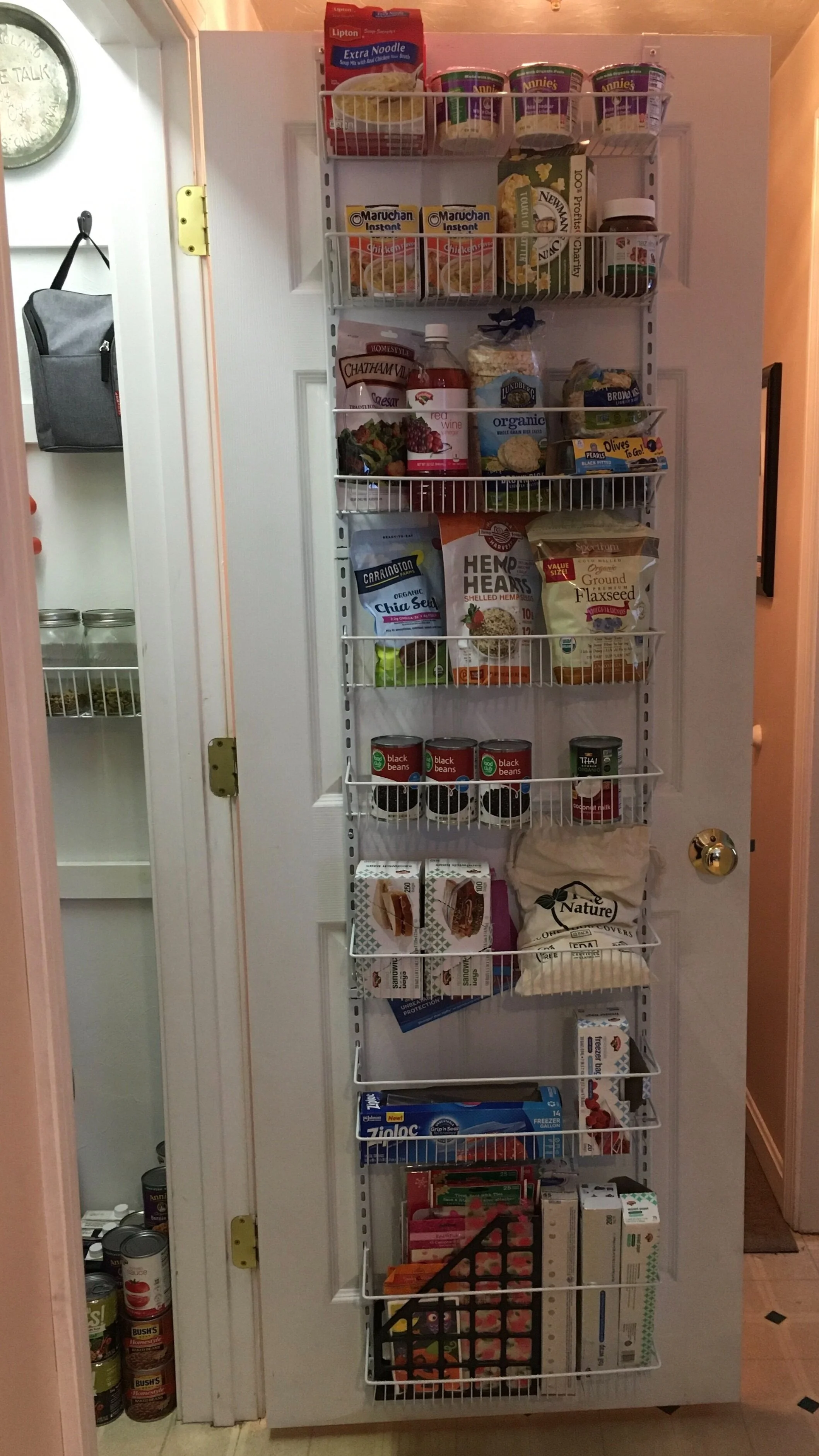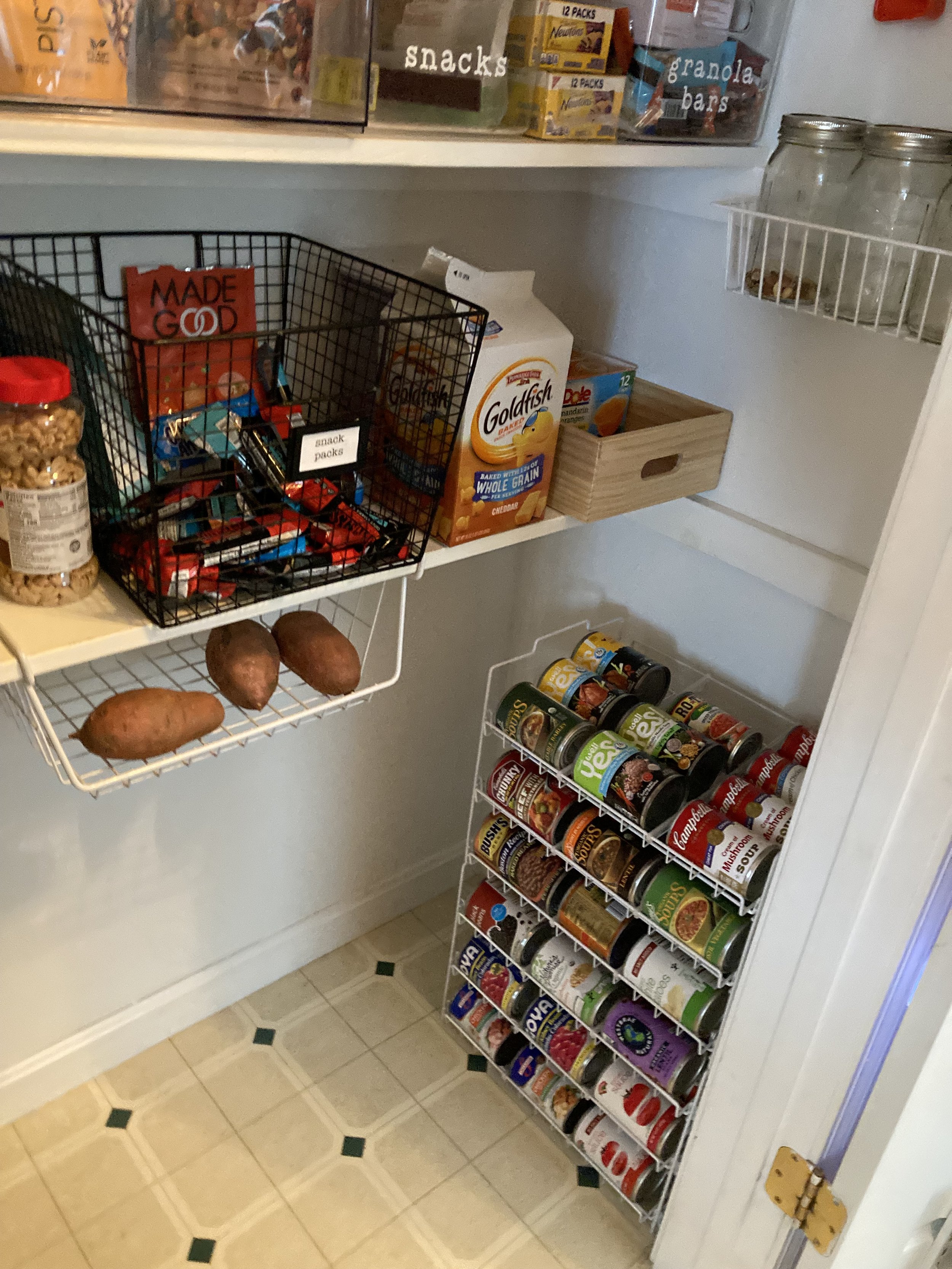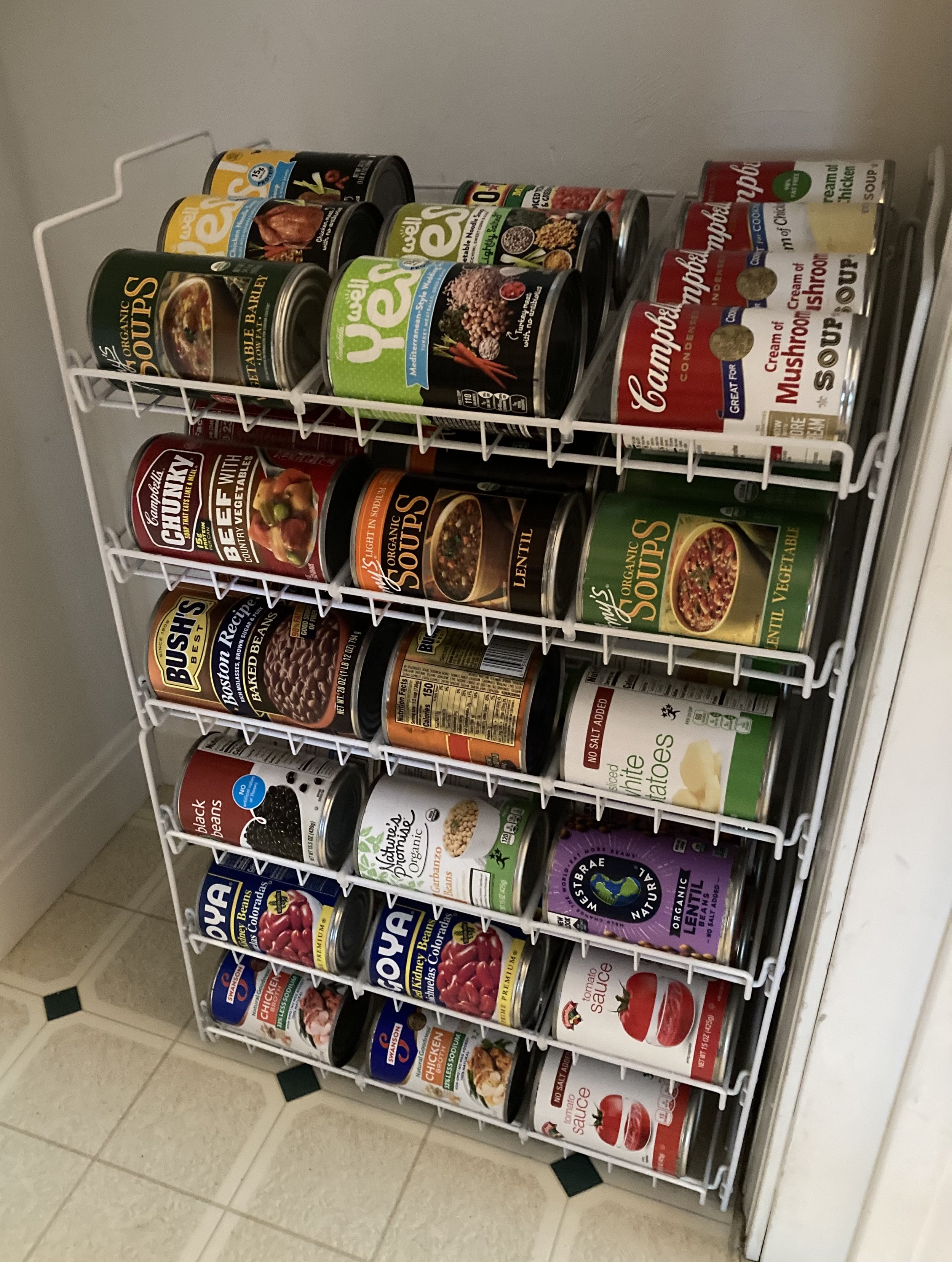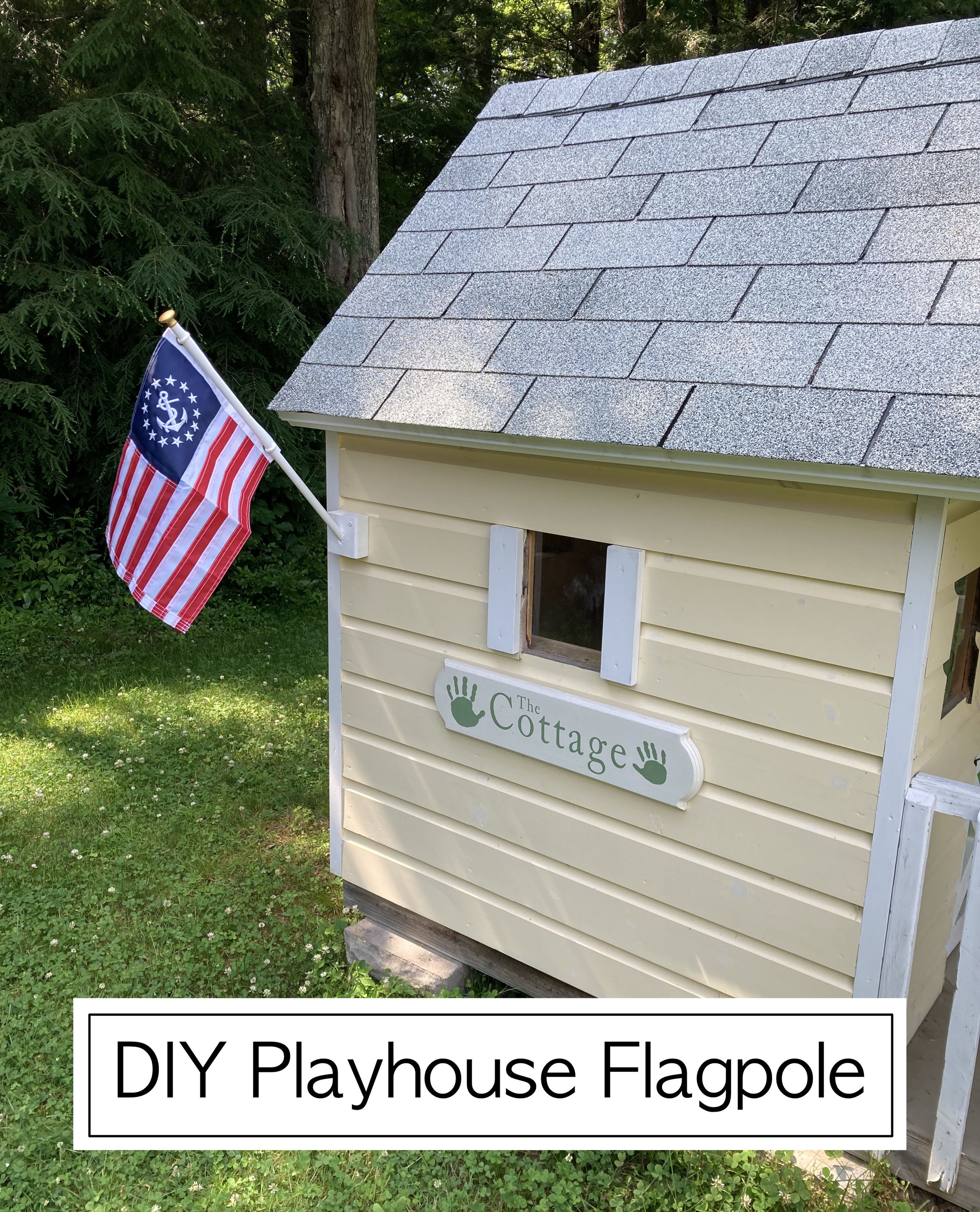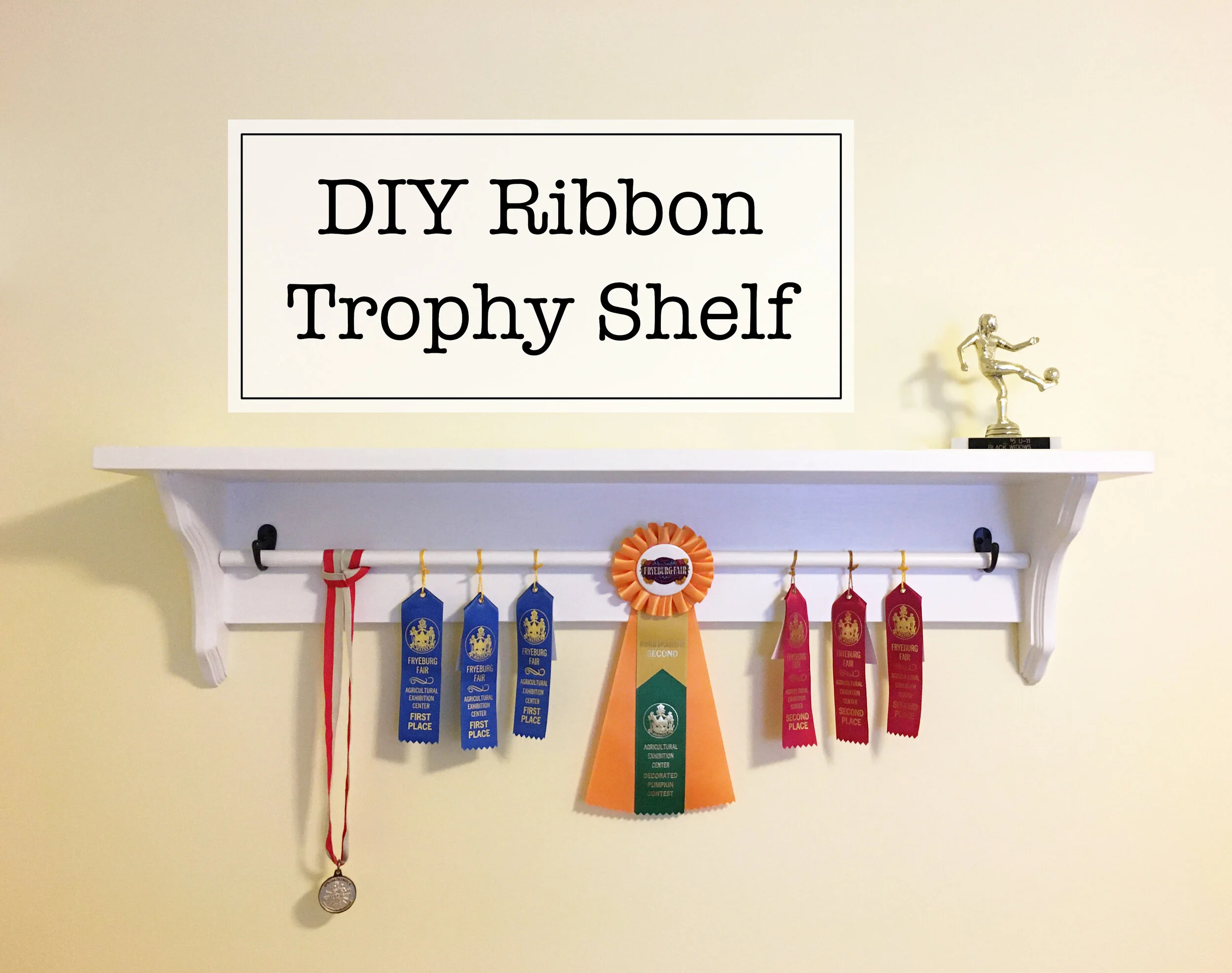SIMPLE Disney World Planning Tips & Tricks for First Timers
This past October we went on our first trip to Disney World as a family and it was amazing! We’ve been putting it off for awhile because we wanted the kids to be bigger and, to be honest, it sounded just absolutely overwhelming to plan everything! After reading many other blogs and following some forums online we were so nervous to take the leap and go but we did it and we’re so glad we did. We luckily had a smooth trip and we are so thankful for such a fun and relaxing week as a family. Here I thought I’d share some of the tips and tricks we learned along the way while planning it all ourselves - without making it overly complicated. | This post contains affiliate links |
Disclaimer: This post shares tips based on our experiences - please do your own research regarding what will work best for you and/or your family and realize that things may be subject to change.
To Use a Disney Planner or Not?
(We Booked Ourselves)
First thing to consider is whether to use a Disney Planner or not… ultimately we did not use a planner because we’re very cautious people and giving a stranger all our info and letting them plan our itinerary just made us nervous. That said, tons of people use Disney Planners all the time and have great success - it doesn’t cost you anything (they get a kickback from helping you book) and it can take a lot of the stress away from planning. Most people find a Disney Planner by word of mouth — However we planned everything on our own.
When to Go?
Deciding when to go is the next step. It’s a good idea to consider both how old you want your kids to be as well as time of year. For us we wanted our kids old enough to do most of the rides and walk the whole time (we did not want to deal with a stroller - but that’s our personal preference). And you also want to consider time of year… summertime can be brutally hot, hurricane season can have weather impacts, holidays can be insanely busy, and popular school vacation weeks can be very busy as well. (Ultimately Disney is always busy but if you want to mitigate that some try to pick a less-busy time.)
Picking Hotels (& Booking Flights)
Many people choose to stay “off property” at an Air BnB because it can be cheaper, but staying on Disney property was very important to us. We wanted all the perks we could get and if you stay on Disney property you get things like free transportation to and from the parks from your hotel, early entry times for the parks, earlier availability to book Lightning Lanes, and more.
We checked the Disney World website periodically to see what was available for hotels and rates for the week we wanted to go. One thing we noticed was prices and availability changed A LOT, so it’s worth checking often and being patient until you see something that works for you and then jump on it! Once we saw a hotel/parks pass package available for the hotel we wanted (we stayed at one of the value resorts) and week we wanted we quickly looked at flight availability. For us we wanted a direct flight from our local airport and we lucked out with flight availability lining up with the hotel stay and we booked everything at once. We also opted for the travel insurance through Disney just in case plans had to change (this does not cover your flights though, FYI).
To Park Hop or Not?
One option for ticket packages includes Park Hopper Tickets (which usually cost more) - this allows you to visit more than one park per day, otherwise without Park Hopper once you scan into a park you can only visit that particular park for the rest of the day (you can come and go, but only to that one park for that day).
For us we did not get Park Hopper, and it worked out great - it was cheaper and our I don’t think our kids would have had the patience to add the hassle of transporting to another park in the middle of the day. For our trip we had 5 full park days and it was easier to focus on one park per day, with the last day as a make-up day for whatever park we wanted to spend additional time in (we went to Magic Kingdom).
Book Airport Transportation
Next consider transportation from the airport to your hotel (or Air BnB) and back to the airport at the end of your stay. Some people choose to rent a car for the length of the stay. Other options include hiring an Uber or other rideshare, booking a MinnieVan, or MEARS (a bus service). We opted for MEARS and it worked out great. If using something other than Uber or another on-demand rideshare service, I would recommend booking your transportation early. (If you need car seats make sure to coordinate that too with your transportation company.)
Disney Gift Cards
There are some stores (like Sam's Club) that sell Disney gift cards at a discount... the offers can vary but you can typically get Disney Gift Cards for less than their face value. Also if you have a Target Credit Card you typically get 5% off Disney Gift Cards at Target.. so in that case a $500 gift card could only cost you $475!
Some people will pay for their whole trip this way… buying a few Disney gift cards here and there when they can over the course of weeks/months. The savings can definitely add up but we were wary of locking all our money into gift cards - especially in the event if the trip needed to be cancelled or rescheduled. So instead we got a few gift cards to have as spending money while we were there for food and souvenirs. Some family members also got our kids a Disney gift card so they could have their own spending money which was very thoughtful. (*Note: If you do use physical Disney Gift Cards make sure to save the Gift Card even if it’s spent until your trip is done… I’ve heard stories about people cancelling their trip or an aspect of their trip or making a return and the funds automatically go back on the gift card.. if you don’t have the physical gift card or a record of it’s information then it can be very difficult to use those funds again.
Buy Some Souvenirs BEFORE You Go
To put it bluntly, souvenirs inside the parks can be PRICEY. In order to save money, buy some souvenirs ahead of time, especially for your kids. Some examples would be things like ear headbands, stuffed animals, shirts, or bubble wands (if you do checked luggage).
Carry-Ons Only
I know it’s not for everyone but we’re a carry-on only family - we just don’t like dealing with checking bags and collecting them afterwards and the stress and time involved with that. Because of that, we packed everything we needed in a small duffle bag each - for that we love our L.L. Bean Duffle Bags for carry-ons. We still made sure to put luggage tags on everything too on the off-chance we had to gate-check our bags when we boarded the plane.
Every family member carried their own clothes, tolietries, etc - and each of us even had an extra pair of shoes in our bags! For tolietries I could not get in travel sizes (like particular sunscreen and shampoo for our little one with very senstive skin), I used TSA-approved travel bottles (similar ones linked) to bring our own from home. (I even labled the bottles with a label maker because the sunscreen and shampoo looked the same in the bottles.)
Pack an Extra Bag of Snacks/Food
We also brought one extra small backpack (it was my husband’s “personal item” at check in) that we STUFFED full of snacks, granola bars, and two empty Nalgene water bottles (which we also stuffed with granola bars to save room). While you can get grocery delivery at Disney hotels, we wanted to avoid it if possible (one less thing to deal with and one less expense because Disney hotels charge a small fee for grocery delivery). Double check with your airline that there’s no issue bringing a backpack of snacks, but we had no issue with ours - we also made sure it didn’t have any liquids and all the food was factory sealed. Once we got to our hotel room we took all the snacks out and the backpack became our “park bag” for the trip - and then became our souvenir bag for the trip home (since by then we had eaten all the snacks.)
Pack Ziplock Bags
Definitely pack some ziplock bags from home, in a variety of sizes. They come in handy much more than you would think! They’re great for protecting souvenirs or books you buy, keeping some snacks for later that your kids didn’t want to finish, organizing your park bag, packing wet or dirty items for the trip home, etc. - the possibilities are just about endless.
Pack Cooling Towels
One random item we were thankful to have packed in our park bag were cooling towels. These are thin special towels that you get wet, ring out, and then can drape around your shoulders/arms or on the back of your neck. They really help cool you down when it’s hot! Even though we went to Disney at the end of of October it was still quite hot during the day, and I swear some parks (like Epcot) were extra hot because of the lack of shade. The cooling towels were a lifesaver for keeping our kids comfortable in the heat.
Have a “Park Bag”
Having a small backpack to bring around in the parks is a must. Cute Loungefly bags are very popular at Disney, but I personally don’t think they’re very practical. For us we found the Osprey Daylite pack to fit the bill perfectly - it was big enough to carry snacks, disposable ponchos, our refillable Nalgene water bottles, cooling towels, and still have enough room to fit small souvenirs or some thin sweatshirts. It’s also small enough to be able to bring on most of the rides - including roller coasters. Also the Osprey Daylite carries the weight SO well - even full of souvenirs and two full Nalgene water bottles you barely know it's there. An amazing added feature is you can use the cinch buckles on the sides to thread through the Nalgene water bottle loops to keep them extra secure. My husband carried the bag most of the time but we all took turns with it occasionally.
I also carried a Lululemon Belt Bag on me at all times that was perfect for carrying my phone, wallet, anti-friction balm (to help prevent blisters), and hand sanitizer.
(PS - if you're looking for a fun but simple Disney-themed bag, Lululemon also has this really cute Mickey Outline Belt Bag that I totally would have worn!)
And don’t forget to make sure your Park Bag is packed and ready each night to make the mornings quicker and easier - especially if you’re Rope Dropping!
AirTag Your Kids & Strollers
You may want to consider AirTagging your kids, especially if you’re concerned about the possibility of getting separated from them in the airport or parks. We used bracelets to hold our kids’ AirTags (they wore an AirTag on one wrist and their Magic Band on the other). It was also super helpful in finding each other when we did split up… sometimes I would take one kid to the bathroom or to get food at one food stall, and my husband would take our other kid in the opposite direction to a different food stall. By using the AirTags we could easily find each other to meet back up afterwards.
If you have a stroller (we did not), it’s highly recommended to AirTag them. Cast Members constantly shuffle and move strollers around in stroller parking areas to make room for more strollers, a parade coming through, etc. And while it’s unlikely, rarely strollers do get stolen too… so definitely AirTag them to keep track.
Park Gift Shop Tip
When you're in Gift Shops in the Parks always check if the item you’re interested in is available elsewhere - like The Disney Store Online or Target. Unfortunately most items in the Park Gift Shops are “Park Exclusives” and unable to get elsewhere, but at least several of the things we looked at were available other places - sometimes slightly cheaper too. And even if it’s the same price online, if you’re able to buy it from home it will save you that much more room in your luggage ;)
Be Kind to your Feet
You will walk a lot in Disney - a LOT. We averaged close to 10 miles a day!
Thankfully we’re in pretty good shape, our kids are big enough to walk and keep up, and we all wore good footwear - so we had no issues. That being said, make sure you’re prepared for the amount of walking you will do. If you need to, start taking progressively longer walks weeks or months in advance to help train up for it. Definitely pack a comfortable pair of broken in sneakers as your main walking shoes, plus another comfortable pair of shoes as a back up in case your sneakers get wet or your feet need a break from your regular shoes one day. Many people recommend “crocs with socks” though I brought Oofos - but please pack whatever suits you best. Other things that you may want to consider packing are anti-friction balm, blister bandages, compression socks if needed, and epsom salt lotion (it feels so nice after a long day on your feet!).
Paying Extra for Lightning Lanes (LL) is Worth It
Initially I was totally against Lightning Lanes (LL)… Me: “No way are we paying extra money towards rides.. this trip is expensive enough!”. However, my husband insisted we get them and I’m so glad he did because without them there was no way we could have fit in half of what we did otherwise. With LL we luckily were able to fit in EVERYTHING we wanted to do and more. We found the trick to be to schedule your first Lightning Lane Multi Pass (LLMP) as early as possible in the day (even if it’s on a “throw away” ride that usually doesn’t have a long line) and then keep stacking and modifying your selections as you check into rides.. you can have a total of 3 rides booked ahead at a time with LLMP. Sometimes it kept us running from one side of the park to the other because we had to work around what was available and when, but we were able to fit SO much more in.
We also booked Lightning Lane Single Pass (LLSP) for the new/popular rides those were available for, like TRON and Guardians of the Galaxy Cosmic Rewind. With all LLs you check into the LL line at your scheduled time and you’re able to get right on the ride with no wait or a very short wait… on the other hand we saw regular wait times for rides typically range from anywhere from 5 minutes to 240 minutes (that’s FOUR HOURS!), with the average being probably between 20-55 minutes… still that’s a long time to wait in line, especially if most rides have a wait like that you would end up spending most of your day standing in line. Also, I don’t think our kids would have had as much fun or as much patience if we were in lines all day, every day of our trip.
Use Apple Watches Instead of Magic Bands for Adults
If you already have an Apple Watch you can link your tickets to your watch and use that to scan in at the gate for park entry, Lightning Lanes, and for PhotoPass pictures and skip buying a Magic Band. The one thing it can’t do is unlock your hotel room door… which we learned the hard way one night when we locked ourselves out of our room after using the pool. Oops. (Don't worry though - you can get a key card to keep in your wallet for the door.)
Get a “Security Band” if You Use Magic Bands (for Kids and Adults)
It is possible to do Disney without Magic Bands (you can get key cards at your hotel that can be used for ticketing, Lightning Lanes, hotel key, etc), but having everyone in your party either have a Magic Band or an equivalent (like a linked Apple Watch) will make everything go a lot smoother and quicker - especially at park entry and Lightning Lanes. For those with Magic Bands, using a "security band" like these on them is a MUST. Magic Bands just do not stay on well at all, and if you don’t want to loose it on your trip you must secure it and these worked perfectly for us!
(My husband and I even added the security bands to our Apple Watches for extra peace of mind.)
Don’t Stress About Dinner Reservations
Unless you’ve got your heart set on dining at a very specific, hard-to-get restaurant (like Ohana’s, Tusker House, or Cinderella’s Royal Table), don’t stress about making reservations early. For us we waited and made reservations at several sit-down restaurants (including Character Meals) about a week before we went and had no problems making reservations for the days we wanted, though the time choices were somewhat limited. However, once it was the day-of we were able to modify the reservations and choose from lots of time slots to better suit how our day was going (either move the reservation up earlier or back later).
**Definitely check ahead of time though what the cancellation/modification policy is of the restaurant you’re eating at because some will not let you change it within a certain amount of time of the current reservation without a fee.
Buy Silhouette Frames When You Get Home and Save the Space in Your Suitcase
My single must-do/must-have souvenir from Disney was getting Silhouette Portraits done of our kids in Magic Kingdom. It was such a cool experience watching them work and cut a perfect likeness within minutes! I recommend getting them done mid-day if possible, as the line seems to be shorter. After the silhouettes are cut and it's time to pay you have the option to buy the frames there if you would like. I had every intention of buying oval frames there but at the time they were sold out of ovals and only had rectangular frames which I just wasn't interested in. So we got our silhouettes to-go in a little gift bag (tip: it would be a good idea to bring a large ziplock bag to protect the silhouettes a little more).
When it came time to pack up and go home at the end of the week I was actually very thankful we didn't buy the frames in Disney - we travel with carry-ons only which were already stuffed to the brim with our regular items and all our other souvenirs. There would have been no room for frames.
Once we got home I shopped around online to find oval frames that fit the silhouettes. After reading a lot of mixed reviews I ordered several different frames to find the one that fit best. After some trial and error I found the PERFECT FIT oval frames for the Disney World Silhouettes right on Amazon - and they come as a set of two! It was meant to be ;)
Do Early Entry and Rope Drop the 2nd Most Popular Ride
By staying on-property we were able to do Early Entry at the parks - this is when guests staying at Disney resorts are allowed in approximately 30 minutes earlier than normal entry. It doesn’t sound like much of an edge, but it’s a huge advantage - especially if you get in line at the gate early and you’re among the first people in. Being in early lets you take photos and enjoy the scenery without as much crowds as later in the day - this is especially noticeable at Magic Kingdom.
You can also “rope drop” a ride this way - which means you get to the ride entrance before they “drop the rope” for that section of the park and start letting people queue up for the ride(s) in that section. (Keep in mind not all rides are available during early entry, but some will be open and some you can start lining up early for - you can check the list of what’s going to be available for Early Entry on the Disney website.) We found that the most popular rides were still crazy-busy and would quickly develop insanely long lines at rope drop, but the not-as popular rides would be walk-on. Therefore we we would make sure to schedule our LLs for the most popular rides and try to rope drop the second-most popular rides. For example, on the day we went to Animal Kingdom, Avatar Flight of Passage had an insanely long line at rope drop but Avatar Nav’i River Journey was walk-on - in fact we rode it twice in a row with no wait!
Eat One Meal a Day from Packed Food to Save Money
To help save money on food costs eating out in the parks, we typically ate breakfast in our hotel room before we left for the parks for the day. We had planned on doing that anyways to help save money, but since we would leave so early for Early Entry nothing was open yet for breakfast anyways so it ended up being a necessity. In our carry-on bags we had one backpack full of granola bars, breakfast tarts, dried fruit, etc. and it was perfect for a quick breakfast before heading to the buses or Skyliner to get to the parks.
Get Free Water in The Parks
Another way to save money is to bring refillable water bottles and ask for free water at any of the quick service food stalls. They will give you cups of ice water than you can pour in your refillable bottle (they’re not allowed to fill your bottles for you for sanitation reasons). There are also some water refill stations at places around the parks, they’re often near a bathroom but not all bathrooms have them.
A lot of people will complain about the taste of the water, but we didn’t mind it. We did bring Gatorade packets just in case (for flavor and for hydration purposes), but I think we only used them once or twice.
You Can Get a Doctor “House Call” to Your Hotel Room, If Needed (Though I Hope You Won’t Need It)
During our trip our oldest daughter unfortunately had an awful cold (she had tested negative for Covid/Flu prior to leaving). One night it seemed to peak and we were questioning if it could have developed into pneumonia… we wanted to get her checked ASAP but it was the middle of the night and the local Urgent Cares were closed and we had no transportation. I called the front desk and the hotel could have provided transportation to the local Emergency Room or they could connect me with a third party company that provides “house call” doctor visits in your hotel room.
We opted for doing a house call since it wasn’t a true emergency and we wanted as little disruption as possible for our kids. The front desk connected me with the company and I provided patient information, her symptoms, and payment (they do not take insurance - you must pay up front but you can try to submit to your insurance later for reimbursement). Within an hour a doctor was knocking on the door - he was very nice, professional, and came with a large rolling bag with equipment in it. He took patient history then checked her nose, ears, throat, and eyes, listened to her lungs, and took her O2 reading, pulse, and temperature. Thankfully everything checked out fine - she did not have pneumonia, it was just the peak of her viral cold and she was all set.
When he left he provided us with a superbill that we could submit to our insurance to try to get reimbursed. Unfortunately for us he was not in network for our insurance which was a bummer so we were unable to get reimbursed (though a portion of the bill did go towards our out-of-network deductible so at least that was something). Nevertheless, it was well worth it for peace of mind and convenience - it was still cheaper than an ER visit and a lot less disruptive.
Most Importantly: Be Flexible and BE NICE
The most important tip of all, in my opinion? Be flexible (set low expectations) and be nice. Seriously.
If you go into your trip expecting nothing but magic and pixie dust and doing every single thing you want you’re probably going to set yourself up for disappointment. Rides go down.. a lot. Character lines can be long and close for breaks. Your kids may be pooped out and want to go back to the hotel at 1PM. One reservation may take longer than expected and cause you to miss another reservation. So be willing to compromise, go with the flow, and be flexible. If you set low expectations on how much you will be able to do, you will automatically win when you exceed those (low) expectations.
And above all - be nice, please. For the most part all the guests we met were very nice but we also came across some doozys who were exceptionally rude to Cast Members or even their own kids. Please have patience with everyone and you’ll have a much better time.
I hope these tips based on our experiences will help you! Definitely do your research and be flexible and I’m sure you’ll have a wonderful trip!
Disclaimer: This post shares tips based on our experiences - please do your own research regarding what will work best for you and/or your family and realize that things may be subject to change.
KEEP UP WITH BIRCH LANDING HOME
| Etsy | Facebook | Instagram | Pinterest | Bloglovin' | Hometalk |
